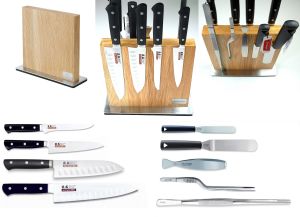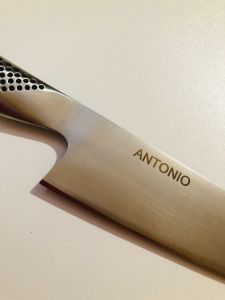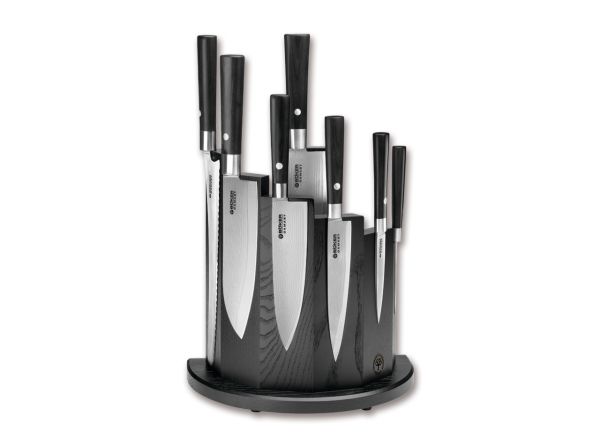Language
WORLDWIDE SHIPPING
Knife block in ash wood complete with 7 knives Damascus Black series by Böker
€1,225.00
€1,004.10
Availability:
In stock
Böker's damascus kitchen knife line combines traditionally Japanese handles with razor-sharp blades.
The blade is made up of 37 layers of damask steel. Premium VG-10 stainless steel used for the middle layer is made in Japan and offers hardness (59 HRC), strength and a homogeneous crystalline structure.
The sharpness evident during cutting is breathtaking and makes cooking an experience.
The Japanese design of the knife handle, made of black plywood with matte stainless steel clamps, gives the line a special character.
The stump includes seven knives and a block in solid ash wood with a black finish.
The knife block in stained ash wood is extremely practical to handle, easy to clean.
Knife block size: Total height 25.8 cm. Width 25.5 cm. Depth 14.5 cm.
The strain is complete with the following elements:
n. 1 Vegetable knife - Blade length: cm. 8.5. Total length: cm. 19. Weight: 40 grams.
n. 1 Paring knife - Blade length: cm. 10. Total length: cm. 20.5. Weight: 48 grams.
n. 1 Multipurpose knife - Blade length: cm. 15. Total length: cm. 25.5. Weight: 55 grams.
n. 1 Chef's knife - Blade length: cm. 15.7. Total length: cm. 26.4. Weight: 70 grams.
n. 1 Santoku knife - Blade length: cm. 17.2. Total length: cm. 29.8. Weight: 140 grams.
n. 1 Chef's knife - Blade length: cm. 21.2. Total length: cm. 33.8. Weight: 140 grams.
n. 1 Bread knife with serrated blade - Blade length: cm. 23.5. Total length: cm. 36. Weight: 130 grams.
Lifetime warranty.
Made in Solingen, Germany.
Shipping time: 7 working days
FAQs

 IT
IT FR
FR
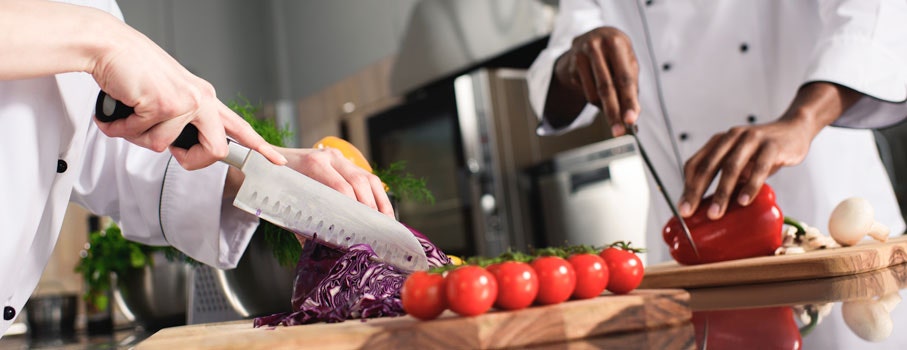
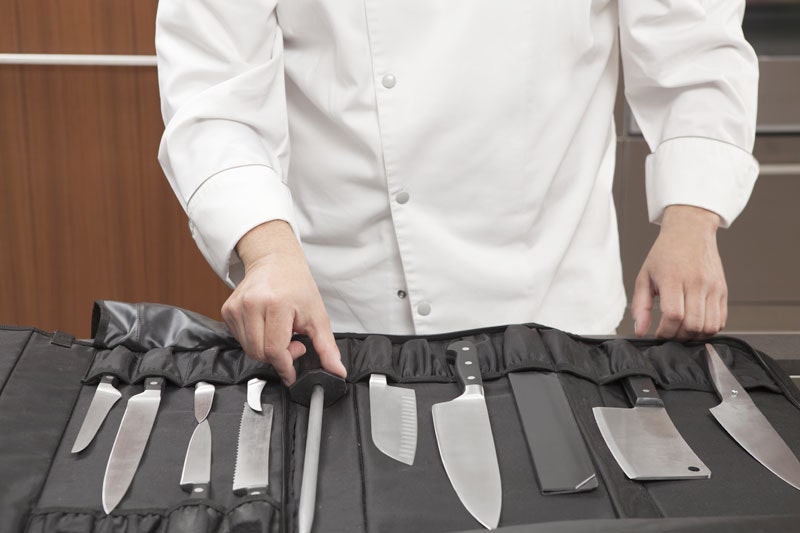
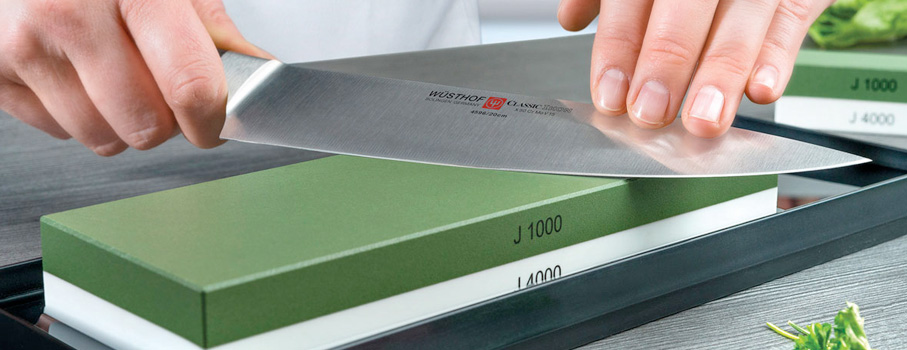
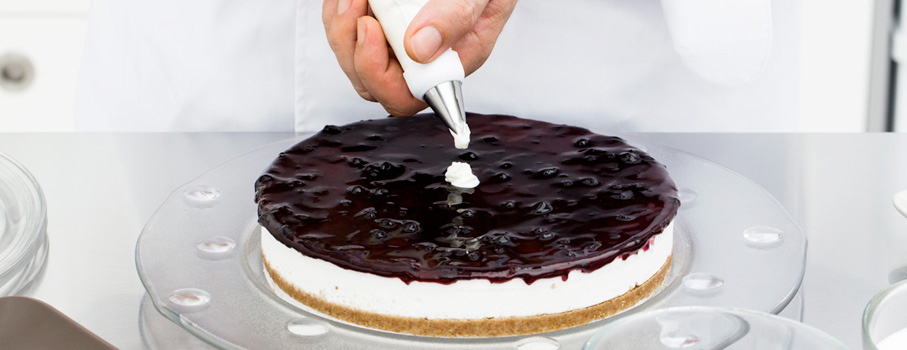

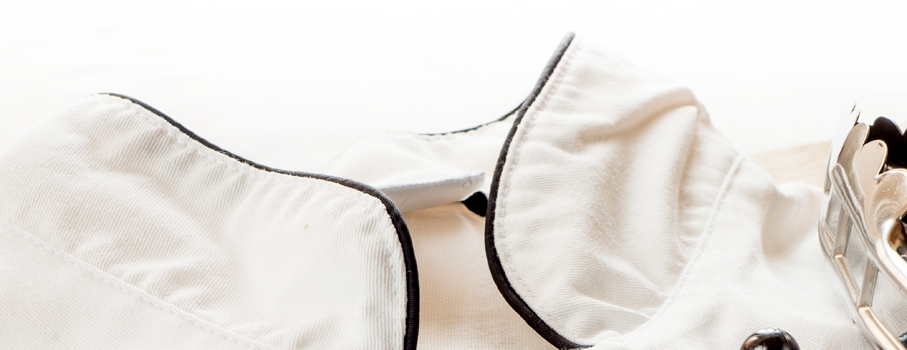
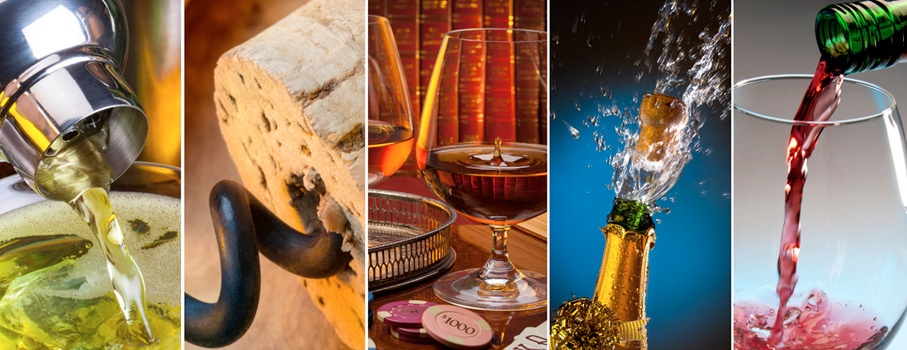
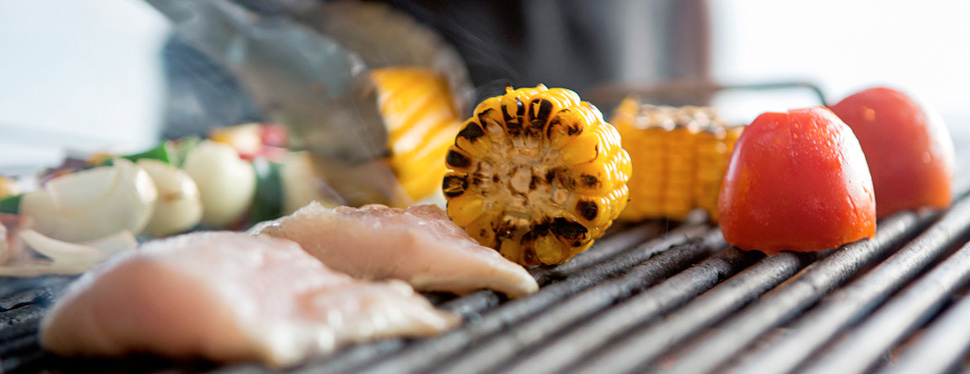

 IT
IT FR
FR
